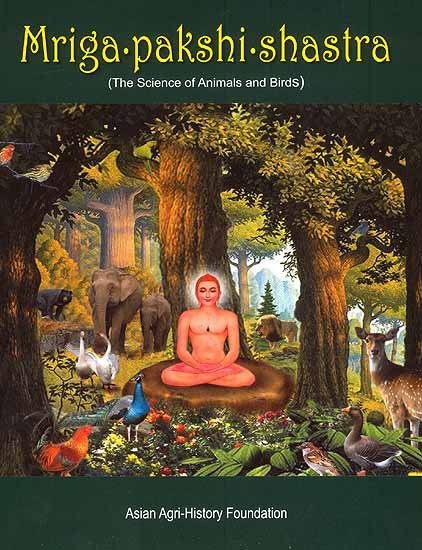Animal Kingdom (Tiryak) in Epics
by Saranya P.S | 2019 | 51,616 words | ISBN-10: 8190396315 | ISBN-13: 9788190396318
An English study the Animal Kingdom (Tiryak) in Epics.—The present thesis is based entirely on Ramayana and Mahabharata although an attempt is made to analytically compare the Animal kingdom with Mriga-pakshi-shastra—‘The ancient Indian science of of Animals and Birds’....
Chapter 1.6 - Religious symbolism and iconography
All religious traditions contain certain sacred objects. These objects represent sacred realities of figures that are mentioned in the narrative. Mythical forms do not necessarily represent any natural things or real human forms. Many of the traditional and symbolic representations have their own sources in various myths. The sculptures and portraits of the divine figures in the Indian religions are the best examples for such symbolized representations.
Iconography is a branch of art history. It studies the identification, description, and the interpretation of the content of images: the subjects depicted, the particular compositions and details used to do so, and other elements that are distinct from artistic style. The word iconography comes from a combination of two Greek words: icon and grapy. Icon means “image” and “graph” means "to write". A secondary meaning, based on a non-standard translation of the Greek and Russian equivalent terms, is the production of religious images, called "icons". “An iconography" may also mean a particular depiction of a subject in terms of the content of the image, such as the number of figures used, their placing and gestures. The term is also used in many academic fields other than art history, for example semiotics and media studies, and in general usage, for the content of images, the typical depiction in images of a subject, and related senses. Sometimes distinctions have been made between iconology and iconography. But for the present research such subtle distinctions is not called for.
